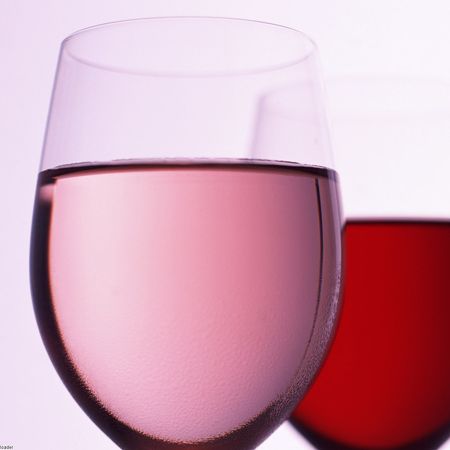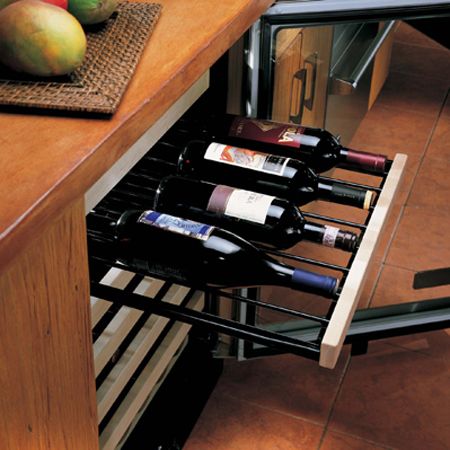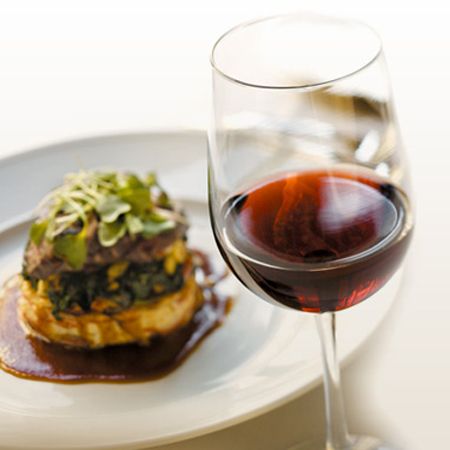Today's Dry Roses: Finding Elegance and Sophistication in Rose-Colored Glasses

Perhaps no class of wine has come further in the last decade than the once lowly rosé. With the days of Mateus Rosé and white zinfandel now firmly in the rear view mirror, dry and sophisticated rosés have captured imaginations on both sides of the Atlantic, as a new generation of wine lovers has discovered just how flexible these outstanding, salmon-colored dry wines can be with a wide myriad of cuisine, or simply sipped on their own. Add to the legions of twenty and thirty-something wine drinkers in the cafés of Paris, the bistros of New York, or the wine bars of San Francisco who are consuming rosé with a passion, large numbers of more experienced wine lovers are coming back to rosé after years away and finding that its beauty is more than skin deep. And the beauty of rosé’s new found fame is that it is not specific to any particular wine-growing region, as winemakers around the globe have discovered this long neglected category of fine wine and are turning out more superb rosé today than any time in recent memory.
Much of the fire behind rosé’s rebirth has been stoked in France in the last decade, as regions that once specialized in exciting rosés have recaptured the magic. Many winemakers who specialize in rosé would of course argue that the quality has always been there, and it is simply that the world has finally woken up to how complex and thirst-quenching are the world’s top examples of rosé. Perhaps true, but when I taste through a range of recent vintages of rosé from French regions such as Provence, the Languedoc, and the Loire Valley, I sense a higher average quality than a decade ago. It is as if the enthusiasm of the growing number of rosé fans has spurred on producers to make more rosé, and to make it with more care from some of their best vineyard sites. Amongst my favorites that I have tasted in the last few months, look for Provençal rosés from producers such as Mas de Gourgonnier in Les Beaux, and the most famous French rosé, Domaine Ott. Provence is of course also the region that houses the unique wines of Bandol, and Bandol rosé can be amongst the world’s greatest expressions of pink wine. Most famous is Domaine Tempier, whose Bandol rosé is always impeccable, and I am also a huge fan of the stunning rosé of Château Pibarnon.
Other regions in the south of France are also hopping on the rosé bandwagon, so one need not limit oneself to Provence for classy dry rosé. The Languedoc and Rousillon regions, which made significant improvements in their reds in the 1980s and 1990s, have now set their sights on great rosé, and one can find fine dry rosés from appellations such as St. Chinian, Minervois, and Corbieres these days. Like their red wines, the primary grapes used for these rosés are syrah, grenache, cinsault, and often a bit of cabernet sauvignon. Some recent rosés that I have tasted that were superb from this area include 2006 Château Villerambert Julien (Minervois) and 2006 Château Viranel (St. Chinian). In the Côtes de Rhône region, the appellation of Tavel has always been famous for its rosés, and they are as good as they have ever been. All of these wines can have a lovely spiciness to them to go along with notes of cherries, melon, orange, and strawberry.
However, my favorite French rosés actually come from the Loire valley, which has long specialized in bottling pink wines and treating them with love and respect in the cellar. Rosés from Chinon, Saumur-Champigny (often made with a bit of sparkle to them), and the Anjou region, where cabernet franc is the primary grape for rosé, can all be outstanding. My absolute favorites in the Loire however are made from pinot noir and hail from Sancerre. These are deep, complex rosés that deliver classic notes of red berries, melon, spice, and flowers coupled to the chalky, limestone soils of Sancerre. Dry rosé does not get much better than pink Sancerre from the likes of Hippolyte Reverdy, the Cotat cousins, or Lucien Crochet. Unless of course they come with bubbles and hail from Champagne! Rosé Champagne is perhaps the finest value to be found in bubbly these days, as the lower turnover of rosé means that one is often getting a significantly older and more complex bottle when buying a non-vintage bottling. Look for stellar bottlings from rosé Champagne specialists such as Billecart-Salmon, Laurent-Perrier and Pol Roger amongst the big houses, and from small growers such as Bernard Brémont, Godmé Père et Fils, and Camile Savés.
With more space I could go on and on about the fine rosés from Italy, California (Bonny Doon was a real trendsetter there), and Spain as well, for France certainly does not have a monopoly on great pink wine. To mention just a few of my favorites from Spain, look in particular for rosés from Navarra (home to the finest Spanish rosés – made from grenache) and producers such as Sarria Viñedo and Viña Aliaga. The Rioja region also makes some superb rosés, with Lopez de Heredia making a wonderful and ageworthy rosado, and the well-known bodega of Muga also turning out an excellent example. And the holiday season is a simply splendid time to test-drive a few rosés, as they go brilliantly with turkey, buffets, and at cocktail parties as an all-purpose pour. And just look at the beautiful color of a glass or flute of rosé – a roomful of guests drinking rosé is nothing if not holiday festive.
RECENT POSTS IN Food and Wine Articles

